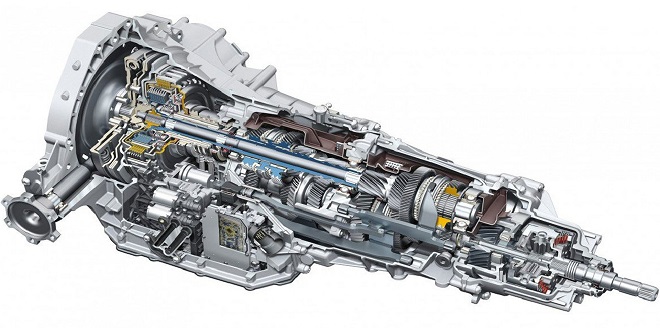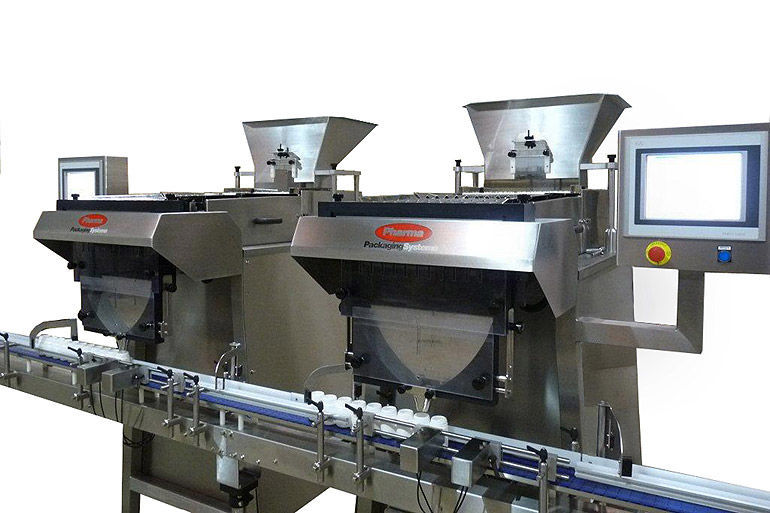Automatic Transmissions Dual-clutch transmissions

Did you know that today’s automatic transmissions are computer-controlled hydraulic systems Previous automatic transmissions were mechanically controlled? This section covers the basic features of several popular automatic transmission systems. An automatic transmission works on the same basis as a manual transmission does, with a gear selector on the steering column, dashboard, or floor to allow you to tell your vehicle to park, idle, go into Reverse, go forward at varying speeds, or move into lower gears.
But instead of a manual clutch, an automatic transmission uses a torque converter and hydraulic pressure to change gears automatically. A torque converter replaces the standard transmission’s clutch. The torque converter is a fluid coupling that uses hydraulic pressure to control the amount of engine power transmitted through the converter to the transmission input shaft.
It allows the vehicle to idle with the gear selector in Drive, provides a smooth transfer of power, and at highway speeds can be locked up to reduce slippage and improve fuel economy. Shifting in an automatic transmission is controlled by a hydraulic system that’s usually electronically controlled. Most hydraulically controlled transmissions consist of an intricate network of valves and other components along with hydraulic pressure to control the operation of sets of planetary gears.
These gearsets can be fashioned to generate three or more forward speeds. Continuously variable transmissions (CVT) don’t use planetary gears A cutaway view of a modern hydraulic automatic transmission. A very thin oil called transmission fluid fills the transmission system and generates hydraulic pressure. As the engine speed changes, the pump that pumps the transmission fluid to develop hydraulic pressure also changes speed.
The transmission fluid responds to the changes in pressure by flowing through the transmission at different rates. When the vehicle is moving slowly, the pressure is low and only the low gears respond. As the car’s speed increases, so does the pressure, and higher gears are brought into play. The hydraulic pressure drives the transmission gears by means of friction bands and plates.
These bands and plates function like the clutch on a manual transmission, pulling various gears into and out of action. When mechanics tell you that your bands need adjusting, these are the bands they’re talking about. They usually can make this adjustment without taking the transmission apart. Electronic transmission systems use a computer called a transmission controller to keep track of engine speed, acceleration, load (as when you’re driving up a hill), and braking.
It uses this information to send electronic messages to solenoids that control shifting. Because of their ability to make more precise adjustments as you speed up, climb hills, take turns, and employ ABS brakes, electronic systems are more efficient than hydraulic systems and can increase fuel economy.
Originally, prospective car-buyers had two basic options when choosing a transmission: manual or automatic. Now there’s a third type that offers the driver the best features of both in a single vehicle! You can kick back and let your vehicle shift gears automatically, or you can manually select them yourself without the need to operate a clutch pedal.
Last word
These nifty transmissions are known by a variety of names: dual-clutch, automated manual, semiautomatic, even “clutchless” (which makes no sense since they have two clutches instead of one!). To stay sane, I call them dual-clutch transmissions.





